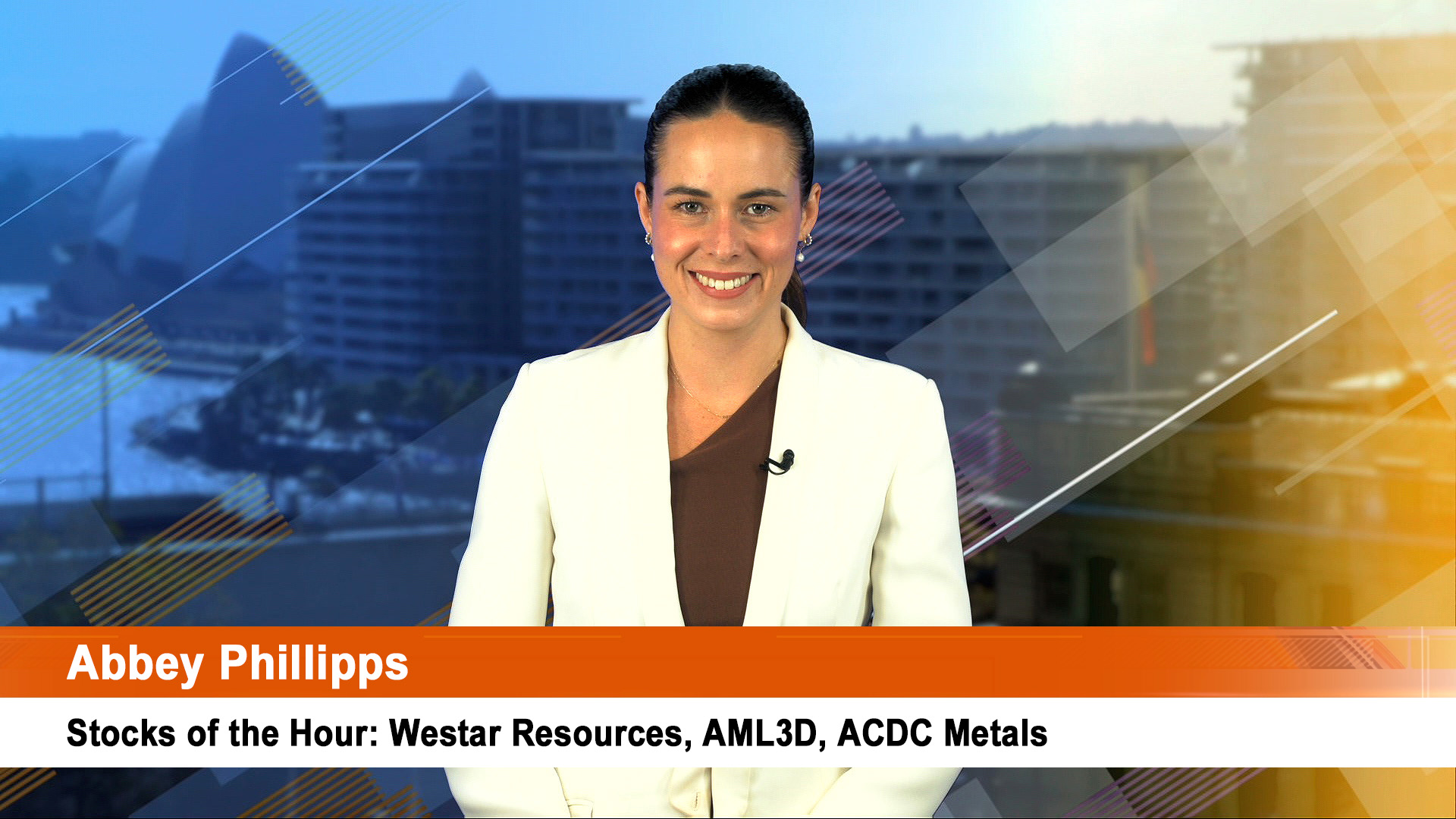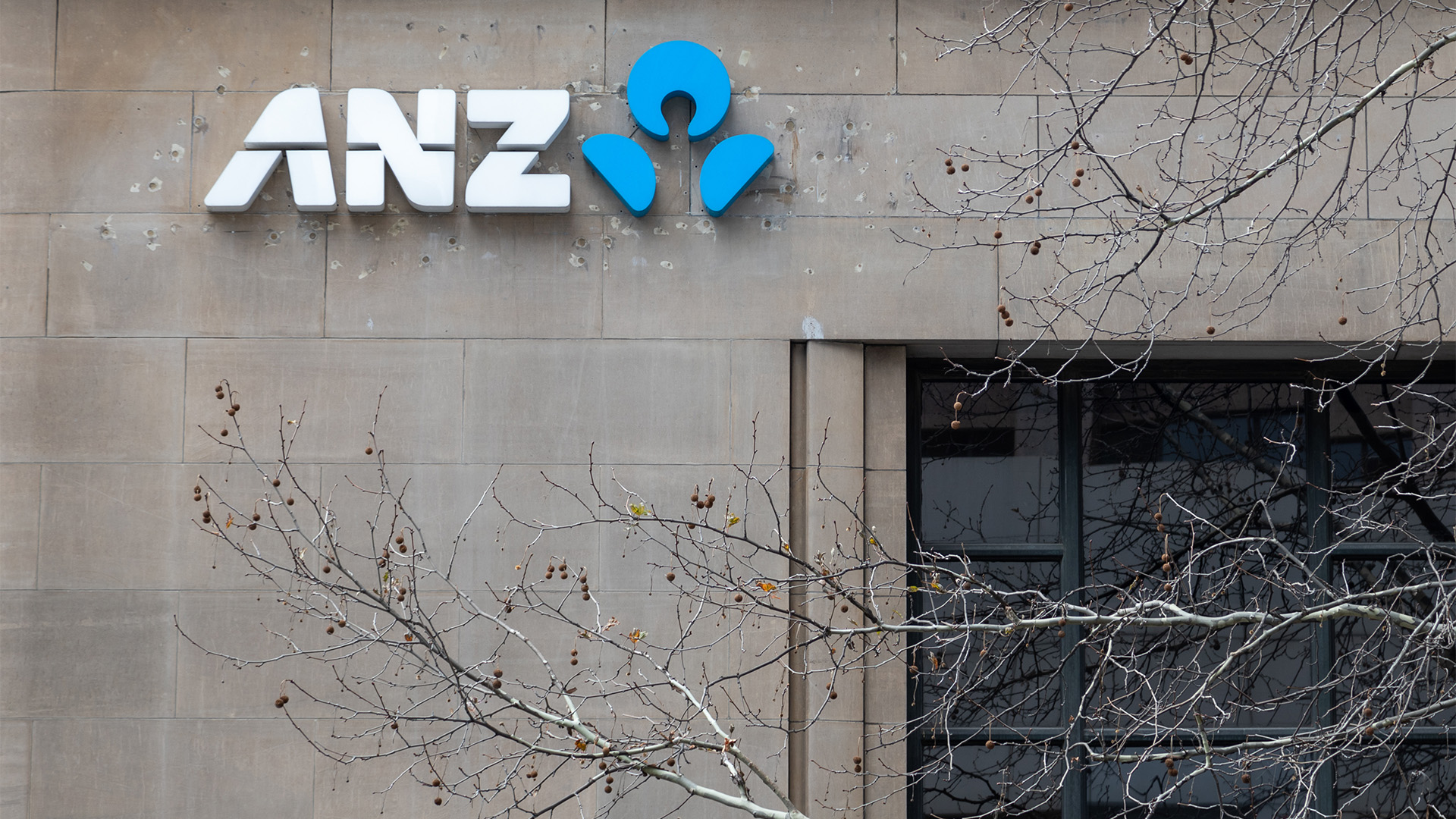The US Federal Reserve sprang a major surprise on markets by not starting to trim its $US85 billion a month of stimulatory spending.
That sent Wall Street to all time highs, gold up by more than $US55 an ounce, the Aussie dollar touched 95 US cents and positioned our market for a very strong day today.
US interest rates fell sharply, oil jumped by more than 2% and copper by 3% as investors cheered the lack of any sign from the Fed that the huge monthly spending spree will be cut.
The Aussie dollar hit a three month high, a move which will upset the Reserve Bank, much of business and the new Federal Government.
That’s despite the Fed cutting its growth forecast for the US economy for a third time this year. The decision wrong-footed economists and analysts.
The Fed indicated the move to postpone any slowing in the so-called Quantitative Easing was because the US economy was slowing and interest rates had risen.
“The tightening of financial conditions observed in recent months, if sustained, could slow the pace of improvement in the economy and the labor market,” the Federal Open Market Committee said in its post meeting statement issued early this morning, our time.
Fed chairman Ben Bernanke defended the move saying the flow of economic data failed to satisfy the Fed’s targets for employment and growth. He indicated the central bank would not let market expectations dictate policy.
In fact the Fed sees the US economy growing sluggishly for the next three years, with low inflation.
“The committee decided to await more evidence that progress will be sustained before adjusting the pace of its purchases." Investors rejoiced when they read that line, sending markets higher.
While US unemployment has fallen to 7.3% (in August), the improvement isn’t as good as it looks because more than half a billion people have left the US work force in the past year because they have given up looking for work. That half a million people accounts for around half the improvement in the unemployment rate, which is not a sign of a solid economy.
But a further, unspoken reason seems to have been the looming brawl in the US Congress over budget spending and the country’s debt ceiling.
That will climax next month and could see the US Government come to a halt, cutting spending and putting more pressure on the Fed’s spending.
The Fed currently buys $US40 billion a month in US Treasury securities and the same amount of mortgage related securities.
Despite this buying, interest rates have risen in the US (and around the world) since May 22 when Fed chairman Ben Bernanke first raised the prospect of a slowing (or ‘tapering) in the monthly bond purchases.
But those higher mortgage rates have been caused by the Fed and Mr Bernanke triggering rises in interest rates in talking about cutting the monthly spending spree.
The Fed said that it wanted to see more signs of economic improvement “will be sustained” before tapering. And economists say it could be sometime in early 2014 before a decision comes.
With Mr Bernanke due to step down at the end of the year, there are only two more meetings of the Fed to be held in 2013 where a tapering decision can be made – the next is in late October.
Economists said before the meeting that a decision not to taper would be seen as extremely dovish – investors agreed, judging by the records on Wall Street.
Looking at the US economy, the Fed now sees the economy growing in a range of 2.0% to 2.3%. Earlier forecasts had predicted annual growth of 2.3% to 2.6% and 2.3% to 2.8%. Growth in the second quarter was 2.5%. Growth is forecast to rise to a range of 2.9% to 3.1% next year and up to 3.5% by 2016.
The Fed cut the estimates because it believes falling Federal Government spending and rising mortgage rates are hindering the economy.
There was good news on inflation though, with the Fed seeing inflation remaining under 2% until 2016 for the next three years and well below its 2.5% threshold.
In its latest forecast, the Fed predicts an inflation rate of no higher than 1.2% in 2013, rising to a range of 1.7% to 2% by 2016.
According to the Fed, this faster growth should reduce the nation’s 7.3% unemployment rate to as low as 7.1% at the end of this year, to 6.4% in 2014, to 5.9% in 2015 and to 5.4% in 2016.
Whether that happens is another story given the way the Fed has missed its growth forecasts on numerous occasions.
In light of these predictions, a big majority of Fed members see the bank not raising the key Federal Funds rate until 2015 at the earliest, with the rate rising to 1.75 to 2.25 by 2016.













